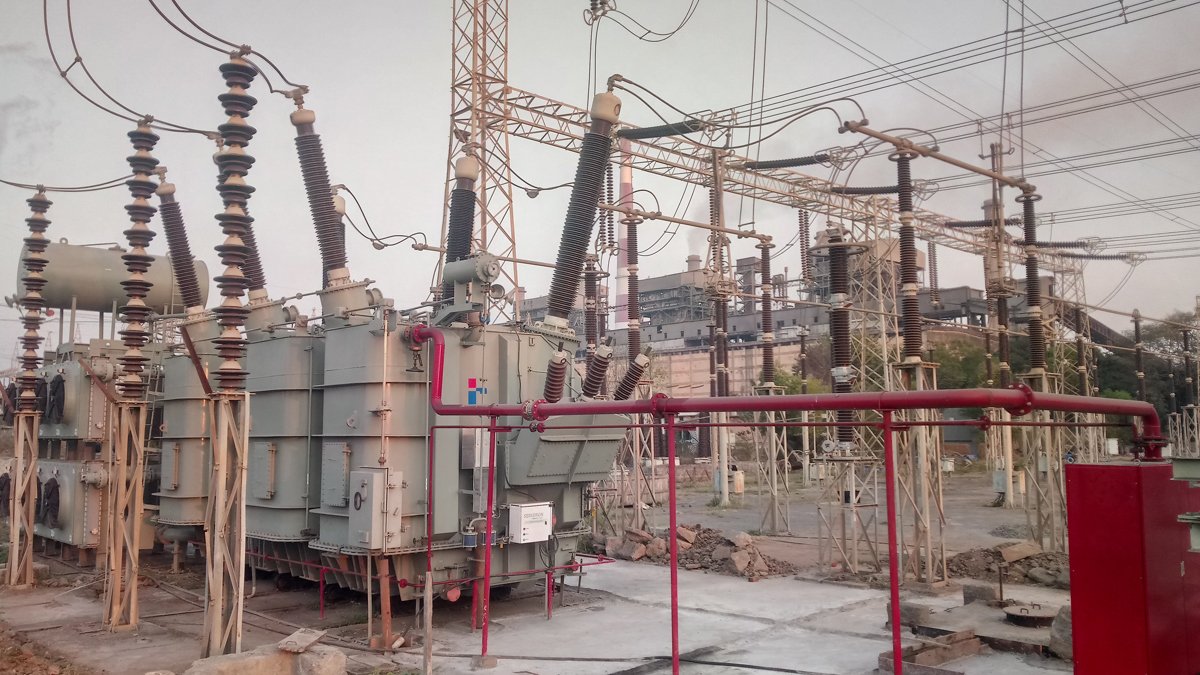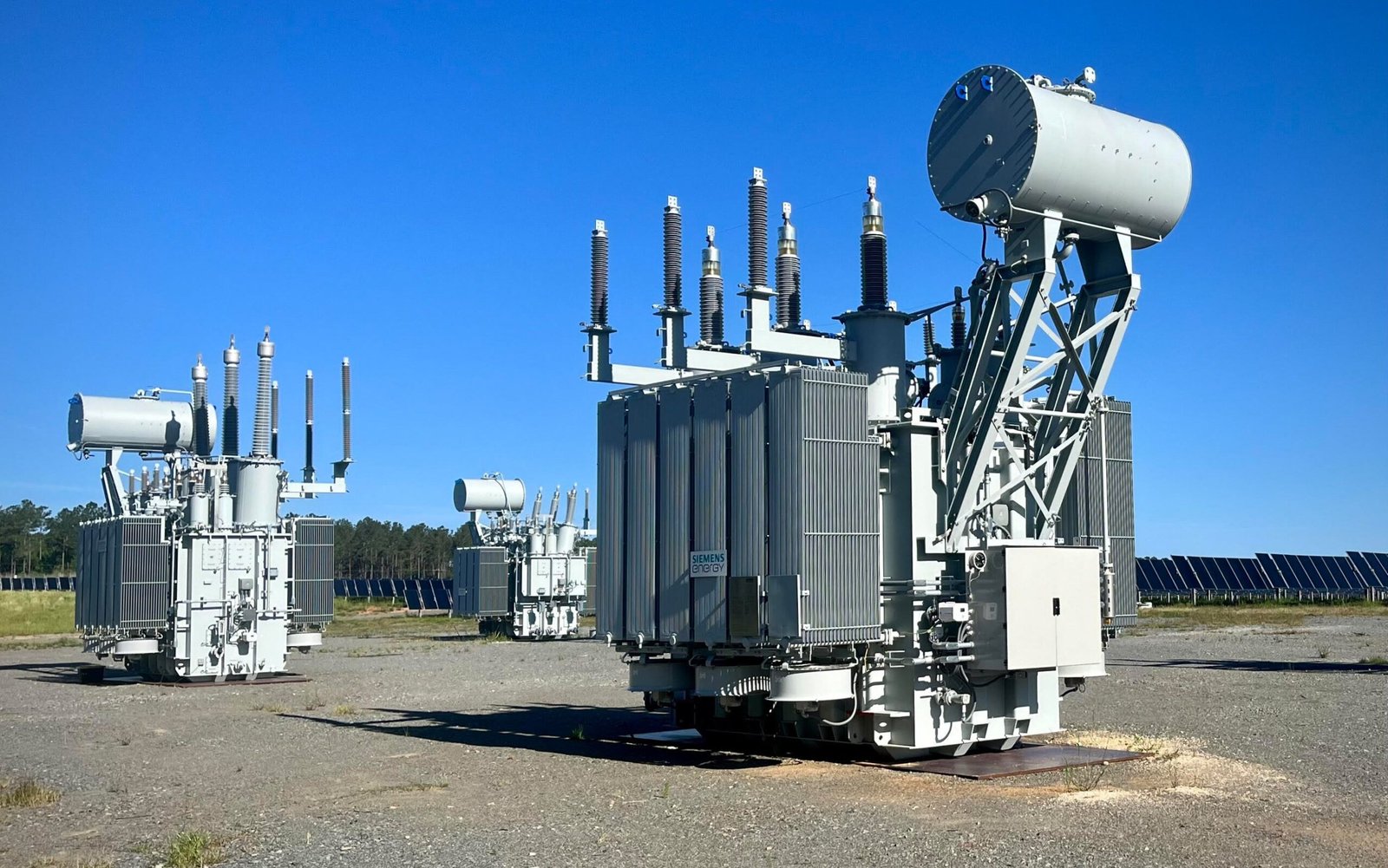In today’s fast-paced industrial environment, reliable and efficient power distribution is crucial for maintaining uninterrupted operations. Busbar trunking systems have emerged as a superior alternative to traditional cable installations, offering enhanced flexibility, safety, and scalability. When it comes to selecting the right solution, businesses must consider various factors—from load requirements to installation services—to ensure optimal performance. In this article, we explore how to find the best-fit busbar trunking system for your business needs, with insights from Manikaran Enterprises, a leader in electrical solutions.
Understanding Busbar Trunking Systems
A busbar trunking system consists of a series of aluminium or copper conductors housed within a protective enclosure. Unlike conventional cabling, which requires individual cables for each circuit, busbar trunking allows multiple circuits to run through a single, modular system. This design simplifies installation, reduces material waste, and enhances heat dissipation, leading to lower maintenance costs and improved energy efficiency.
Key Advantages of Busbar Trunking
- Flexibility: Modular design permits easy extension or reconfiguration of power distribution as operational needs evolve.
- Safety: Robust housing protects conductors from mechanical damage, while standardized joints ensure consistent earth continuity.
- Space Savings: Compact profile optimizes ceiling or wall space, especially in densely packed industrial or commercial facilities.
- Scalability: Additional feeder or distribution units can be added without major downtime, facilitating phased expansions.
- Efficiency: Reduced resistive losses and improved thermal management contribute to overall energy savings.
Assessing Your Power Requirements
Before choosing a busbar trunking system, perform a comprehensive load analysis:
- Total Load Capacity: Sum up current and future equipment loads to determine the required amperage rating.
- Voltage Levels: Ensure compatibility with your facility’s voltage specifications—common ranges include 400 V, 690 V, and higher.
- Diversity Factor: Account for simultaneous usage patterns to avoid oversizing the system, which can drive up costs unnecessarily.
- Future Growth: Incorporate margin for expansion so that the system can accommodate additional machinery or processes.
Comparing System Types
Busbar trunking systems are available in various configurations:
- Rigid Busducts: Ideal for straight runs with fixed orientation; they offer the highest mechanical protection.
- Flex Busducts: Provide movement compensation and easy routing around obstacles, suitable for seismic zones or vibration-prone areas.
- Tap-Off Units: Modular outlets that can be clipped on at any point, enabling local distribution of power to machinery or lighting circuits.
- Customized Solutions: Tailored enclosures or conductor arrangements designed to meet specific environmental or operational constraints.
Installation Considerations
Proper installation is vital to maximize the benefits of your busbar trunking system. Partnering with experienced installers can minimize downtime and ensure compliance with safety standards. For businesses seeking expert support, consider engaging a reputable provider like Busbar Trunking System Installation Service in India. Their teams specialize in end-to-end installation, testing, and commissioning, ensuring your system operates flawlessly from day one.
Ensuring Compliance and Safety
Adherence to national and international standards—such as IEC 61439 or IS 16046—is non-negotiable. Key safety aspects include:
- IP Rating: Choose an enclosure rating (e.g., IP 44, IP 54) suited to your environment’s dust and moisture levels.
- Short-Circuit Withstand: Verify the system’s prospective short-circuit capacity to withstand fault currents without damage.
- Thermal Performance: Ensure busbars and joints are rated for continuous operation at your facility’s ambient temperature.
Why Choose Manikaran Enterprises
With decades of experience in electrical infrastructure, Manikaran Enterprises has established itself as a Top Electrical Solution Company in Rajasthan. Their comprehensive portfolio covers design consultation, project management, and turnkey installations. By leveraging cutting-edge technologies and best practices, they help businesses achieve reliable power distribution while optimizing capital expenditure.
Maintenance and Lifecycle Support
A well-maintained busbar trunking system can serve your facility for decades. Key maintenance activities include:
- Periodic Inspection: Check for signs of overheating, corrosion, or mechanical damage at joints and tap-off units.
- Thermographic Surveys: Detect hot spots early using infrared scanning to prevent failures.
- Cleaning: Remove dust and debris that could compromise insulation or cooling.
- Spare Parts Management: Keep critical components—such as joints and tap-off units—on hand for rapid replacement.
Cost-Benefit Analysis
Although the upfront cost of a busbar trunking system may be higher than conventional cabling, long-term benefits often justify the investment:
- Reduced Installation Time: Modular components speed up deployment, saving on labor costs.
- Lower Energy Losses: Efficient conductor design minimizes resistive heating.
- Enhanced Uptime: Robust construction and easy maintenance translate to fewer unplanned outages.
- Future-Proofing: Scalability reduces the need for costly retrofits when expanding capacity.
Conclusion
Selecting the ideal busbar trunking system involves a balance of technical specifications, installation quality, and lifecycle support. By evaluating your facility’s unique requirements—load capacity, environmental conditions, and growth projections—you can choose a system that delivers efficiency, safety, and flexibility. Partner with trusted experts like Manikaran Enterprises, recognized as a Top Electrical Solution Company in Rajasthan, and ensure seamless installation through specialized Busbar Trunking System Installation Service in India. With the right approach, your business will enjoy uninterrupted power distribution and a solid foundation for future growth.




